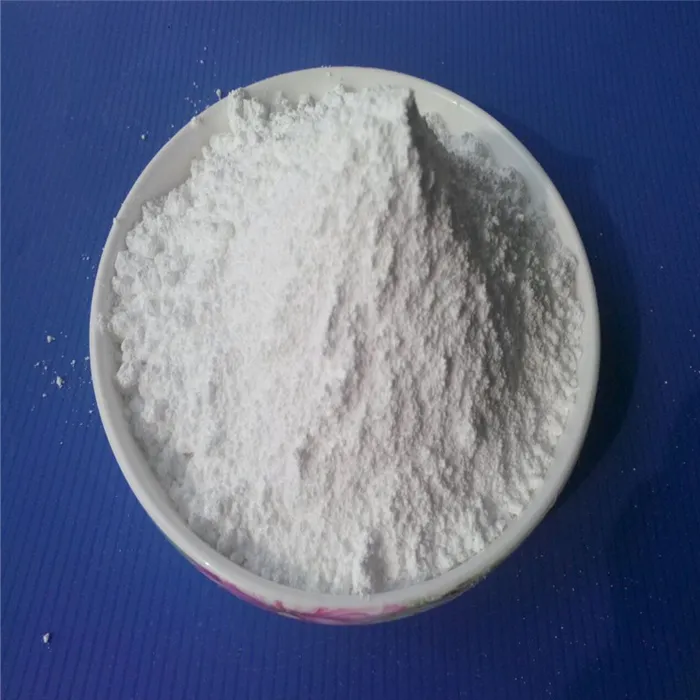The Role of L-Ornithine-L-Aspartate in Liver Health and Function
L-Ornithine-L-Aspartate (LOLA) is a compound that has gained significant attention in the field of hepatology due to its potential therapeutic benefits in liver disease. This amino acid derivative is primarily used in clinical settings to manage hyperammonemia, a condition characterized by elevated levels of ammonia in the blood, which can be particularly harmful to the central nervous system. It is especially relevant for patients suffering from liver cirrhosis or liver failure, where the liver's ability to detoxify ammonia is compromised.
Mechanism of Action
The mechanism of action of LOLA is centered around its ability to facilitate the detoxification of ammonia. In healthy individuals, ammonia is converted to urea in the liver through the urea cycle. However, in patients with liver dysfunction, this process is impaired, leading to the accumulation of ammonia. LOLA acts by providing ornithine and aspartate, two key amino acids involved in the urea cycle. By supplementing these components, LOLA helps to stimulate the remaining functional hepatocytes (liver cells) to enhance ammonia detoxification and subsequently lower blood ammonia levels.
Research has demonstrated that LOLA not only aids in reducing ammonia concentrations but can also improve the overall metabolic state of the liver. Studies indicate that LOLA contributes to the restoration of protein synthesis, further strengthening liver function by promoting the production of essential proteins for various physiological processes. This dual action makes LOLA a valuable adjunct in liver disease management.
Clinical Applications
LOLA is clinically administered in various settings, particularly in patients with hepatic encephalopathy, a serious complication of liver disease characterized by cognitive dysfunction due to increased ammonia levels. The use of LOLA has been shown to significantly reduce the risk of encephalopathy episodes in cirrhotic patients. Additionally, there is emerging evidence suggesting that LOLA may possess neuroprotective properties, potentially mitigating some of the cognitive impairments associated with liver disease.
tab l ornithine l aspartate

Beyond its application in hepatic encephalopathy, LOLA is also explored for its role in enhancing liver function in patients undergoing liver resection or transplantation. By optimizing ammonia metabolism, LOLA may help support a more stable metabolic environment, thus promoting faster recovery and better overall outcomes.
Safety and Side Effects
One of the appealing aspects of LOLA is its relatively favorable safety profile. Given that it is composed of naturally occurring amino acids, it is generally well-tolerated. Commonly reported side effects are mild and may include gastrointestinal discomfort, such as nausea or abdominal pain. Serious adverse events are rare, making LOLA a safe option for long-term use in the management of chronic liver disorders.
Future Directions
Despite its current applications, ongoing research is vital to fully understand the broader implications of LOLA in liver health. Investigators are exploring its potential benefits in non-alcoholic fatty liver disease (NAFLD), alcoholic liver disease, and other forms of liver dysfunction. Furthermore, studies are delving into optimal dosing regimens and the combined effects of LOLA with other therapeutic agents to enhance its efficacy.
In conclusion, L-Ornithine-L-Aspartate stands out as a promising treatment modality in the management of various liver conditions, particularly those associated with hyperammonemia. Its role in enhancing the urea cycle and supporting liver function underscores its therapeutic potential. As research continues to expand on its applications, LOLA may become an integral part of comprehensive liver disease management strategies, ultimately improving patient outcomes and quality of life.
In summary, the importance of maintaining a healthy liver cannot be overstated, and as we continue to uncover the benefits of compounds like L-Ornithine-L-Aspartate, we move one step closer to more effective treatments for those affected by liver disease.

